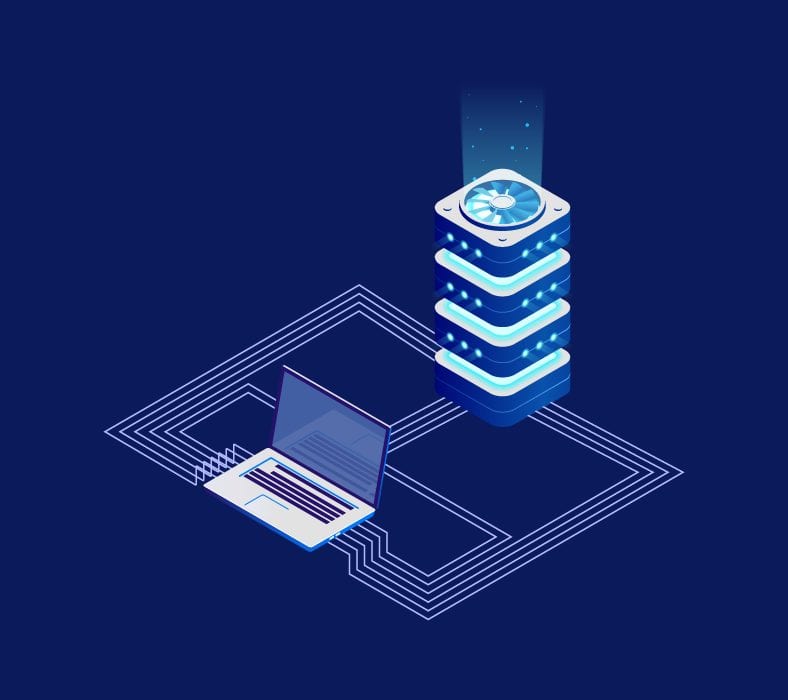Multi-Tenancy – Why It’s Critical for Enterprises Today and How Pulsar Delivers
Multi-tenancy has been around for a long time. However, we started paying attention to it only recently. Its roots go back to the 1960s when time-sharing was created as a concept to split hardware costs between organizations or departments. Over the years, this concept evolved until it finally became multi-tenancy.
Down to its core, multi-tenancy is a software architecture where a single server runs the software and server for several different users (tenants). It’s a response to those single-user applications where only one person can use that program at a specific time.
Even though this concept was appealing, it didn’t go mainstream until cloud computing came into play. Cloud and SaaS applications need to be used by hundreds of people simultaneously, which would be almost impossible without multi-tenancy.
Multi-Tenancy for Enterprises
Even though most people associate multi-tenancy with public cloud and SaaS, it has also found its way into enterprises. It’s impossible to build application architectures based on APIs, containers, and microservices without using this approach.
Apart from that, multi-tenancy brings many benefits that enterprises welcome with ease. Some of those benefits are:
Lower costs
When lots of users use the same application or software, the costs per user go down, including both operational and hardware costs. It’s especially beneficial when workload demands change frequently.
It’s also a lot easier to manage these solutions and make changes that instantly apply to everyone, helping enterprises save lots of resources.
Easier operation
Management and deployment of software or an environment become much easier when multiple people use the same instance.
When an update is applied, everyone gets the benefits it offers instantly. With single-tenant solutions, all the individual systems would have to be updated separately, which takes a lot of time.
Data sharing and collaboration
Enterprises are large organizations with large volumes of data and have multiple teams that need to work with the same data. All of that is required to deliver the right applications to customers and enable strategic decision-making.
Multi-tenancy breaks down large isolated pieces of data through consolidation and allows better collaboration and data sharing.
Resiliency & replication
Pulsar has durable storage and stateless brokers, enabled by BookKeeper, an out-of-the-box design that allows synchronous replication or geo-replication. It gives more flexibility for enterprises to use a single cluster only while also having the ability to scale vertically and horizontally.
Using a single large cluster
Monolithic systems aren’t able to handle large clusters due to their architectures and speed. Enterprises can implement a single large cluster that offers access to multiple tenants with ease when using multi-tenant solutions like Pulsar.
This software has an architecture that allows both vertical and horizontal scalability, so you can adjust the size of the cluster easily without any noticeable costs.
Data Pipelines and Multi-Tenancy
Enterprises have a rapidly growing number of users, applications, and data sources, especially true for data and data processing needs. Most of the data pipelines and systems are single-tenant and batch-oriented.
They can’t handle large volumes of data from multiple sources. Since enterprises are all rushing towards accelerating data delivery to fuel their applications and decision-making, it has become critical to establish a fast data pipeline.
Typical ETL systems like Kafka can’t handle these needs. Kafka was created long before there was a need for such large amounts of data, and they can process big data one single batch at a time. The same issues are present in Kafka when it comes to streaming or messaging data.
Single-tenancy systems need to deploy multiple instances and manage them all separately, leading to more complexity and slower performance within data pipelines. Pulsar prevents isolation within an application and allows easier maintenance, scaling, operation, and lower running costs.
How Pulsar Multi-Tenancy Works in Real Situations
Multi-tenancy needs to be a part of the architecture of the software. It’s not possible to turn a system into a multi-tenant one no matter how hard we try. Yahoo! needed to switch to multi-tenancy since it is a vast enterprise with multiple product lines and teams.
It was essential to establish a data pipeline that could move data quickly to users and applications. Yahoo! has a large number of apps that gather tons of data for processing. Creating multiple isolated platforms within their pipeline was not an option as it would create many issues and cost a lot of money.
That’s why the company developed Pulsar and was the first one to use it. The Pulsar’s architecture was based on three essential features:
- Ability to separate topics, messages, and applications through a programming model.
- Isolating performance impacts of message handling, storage, writes, and reads with modular architecture.
- Data scaling with distributed architecture.
The development of Pulsar and its multi-tenancy allowed Yahoo! to create multiple data centers worldwide. Apart from creating an efficient data pipeline without any data isolation, the multi-tenancy capability allowed the company to have low latency, store millions of topics, and support billions of messages per day.
Conclusion
Pulsar was created on an open-source layered architecture that comes with amazing features such as streaming, unified data queuing, multi-tenancy, geo-replication, and so much more. With this multi-tenancy and other features, this platform lets enterprises maintain and manage their data more easily, reduce costs, and scale with ease.


